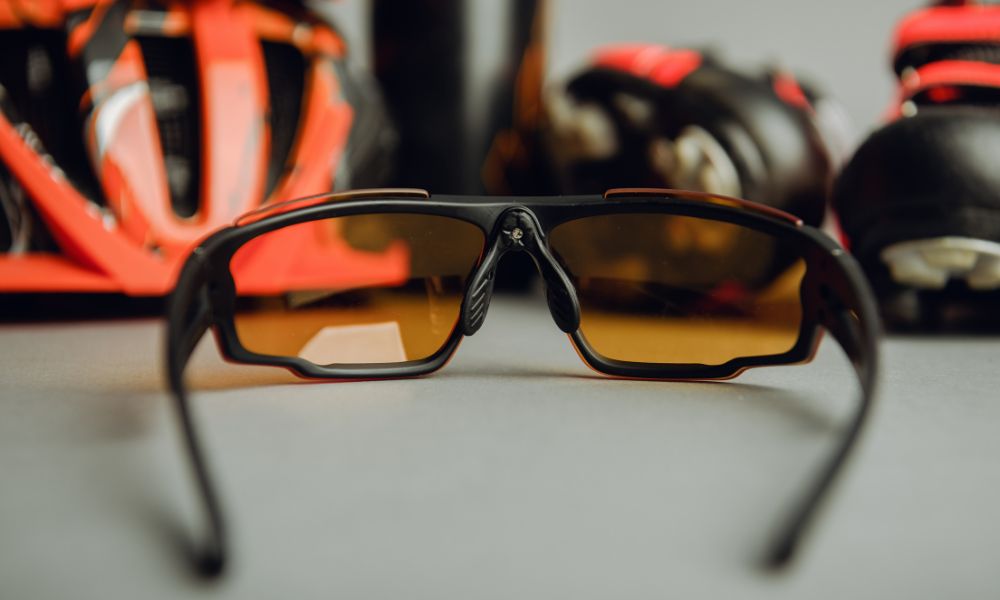Fire Retardant MDF: Fire safety is a critical concern in construction and interior design, particularly in public buildings and commercial spaces. Fire retardant Medium Density Fibreboard (MDF) is an increasingly popular material in the UK, offering the same versatility as standard MDF with the added benefit of fire resistance. This specialized material is designed to slow the spread of flames and reduce smoke production, making it ideal for environments that must adhere to strict fire safety regulations.
What is Fire Retardant MDF?
Fire retardant MDF is a specially treated version of standard MDF, which is widely used in construction due to its smooth finish and ease of workability. During the manufacturing process, fire retardant chemicals are added to give the board enhanced fire resistance. In the UK, it is rated according to European fire performance standards, such as B-s1, d0 or C-s2, d0, indicating how it reacts to flames and smoke.
Benefits of Using Fire Retardant MDF
- Fire Safety: The primary advantage of fire retardant MDF is its ability to slow down the spread of fire, providing more time for evacuation and response. This makes it a preferred material for high-risk areas like hospitals, schools, and hotels.
- Versatility: Fire retardant MDF can be easily cut, shaped, and finished, making it suitable for a variety of applications such as wall panels, furniture, and partitions. Its smooth surface also allows for painting and veneering.
- Cost-Effective: Compared to other fire-rated materials, fire retardant MDF is affordable, making it a practical option for large-scale projects.
- Sustainability: Often made from recycled wood fibers, fire retardant MDF offers an eco-friendly alternative to solid wood.
Common Applications
Fire retardant MDF is widely used in settings where fire safety is a priority:
- Public Buildings: Schools, hospitals, and government offices use it for internal partitions, wall cladding, and furniture to meet stringent fire safety regulations.
- Commercial Spaces: Hotels, offices, and retail spaces use it for paneling and fixtures, combining safety with aesthetic appeal.
- Residential Areas: While less common, fire retardant MDF can be used in homes for added protection in kitchens, lofts, or near electrical installations.
Meeting UK Fire Safety Standards
In the UK, fire safety regulations require that materials in certain applications meet specific fire performance standards. Fire retardant MDF complies with these standards, ensuring that buildings are both safe and legally compliant. Its certification under UK Building Regulations Approved Document B makes it a trusted choice for architects and builders.
Treated with special fire-resistant chemicals, this MDF is designed to slow the spread of flames, giving extra time for evacuation and reducing potential damage. It is commonly used in public buildings, offices, schools, and residential spaces where stringent fire safety regulations are in place.
Fire retardant MDF maintains the same strength, durability, and workability as standard MDF, making it ideal for a wide range of applications such as wall panels, partitions, furniture, and cabinetry. It can be easily cut, shaped, and finished to suit various design needs, providing flexibility for architects and contractors.
In addition to safety, it offers a smooth surface for painting or veneering, ensuring an aesthetically pleasing result. For those prioritizing both fire safety and creative freedom, fire retardant MDF is a reliable and adaptable building material widely available across the UK.
Conclusion
Fire retardant MDF offers the same flexibility and ease of use as standard MDF while providing vital fire resistance. Its widespread use in public and commercial buildings across the UK ensures compliance with fire safety regulations, making it an ideal material for creating safer environments. As fire safety requirements evolve, fire retardant MDF will continue to be a popular choice for builders and designers alike.















